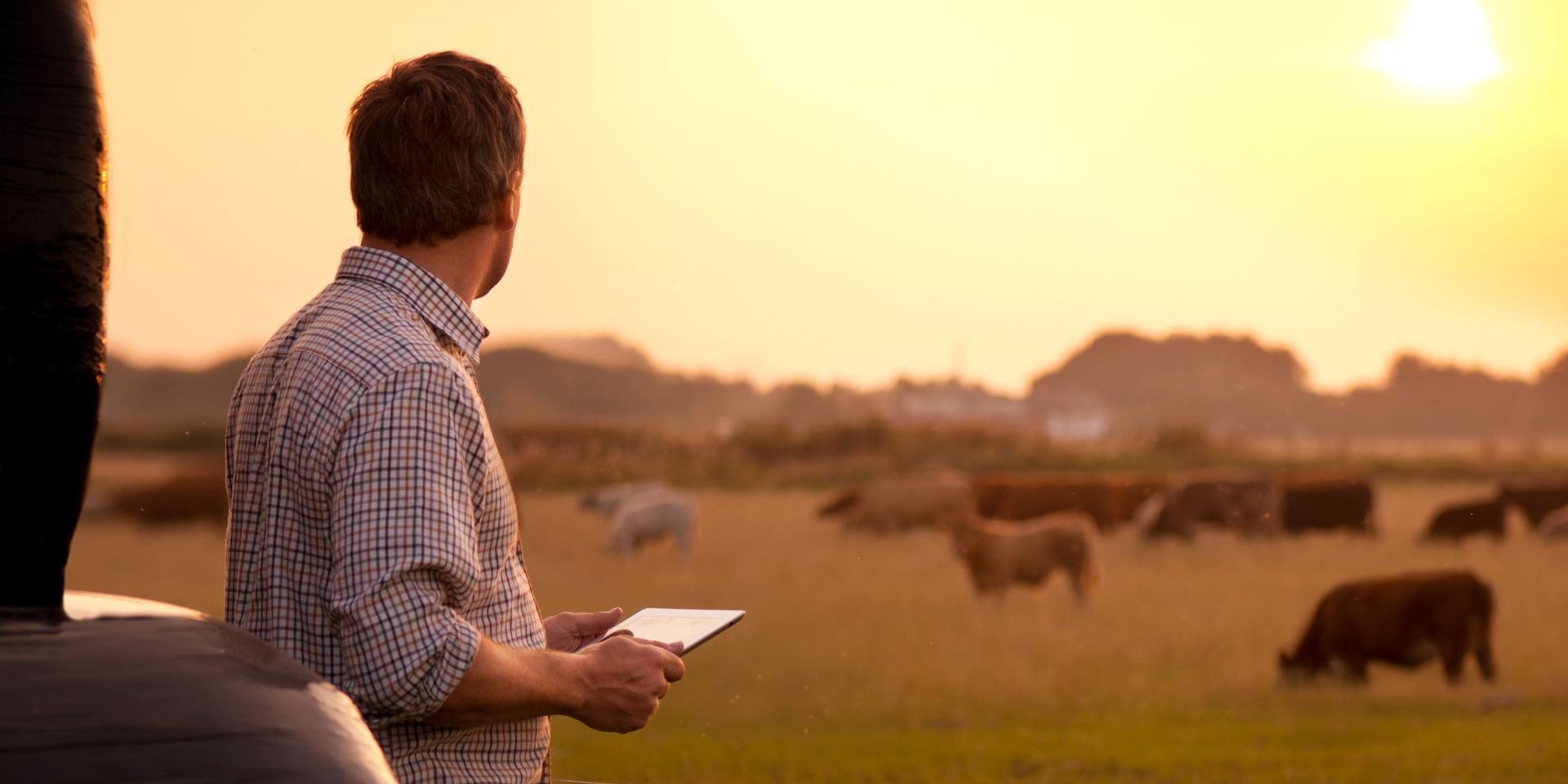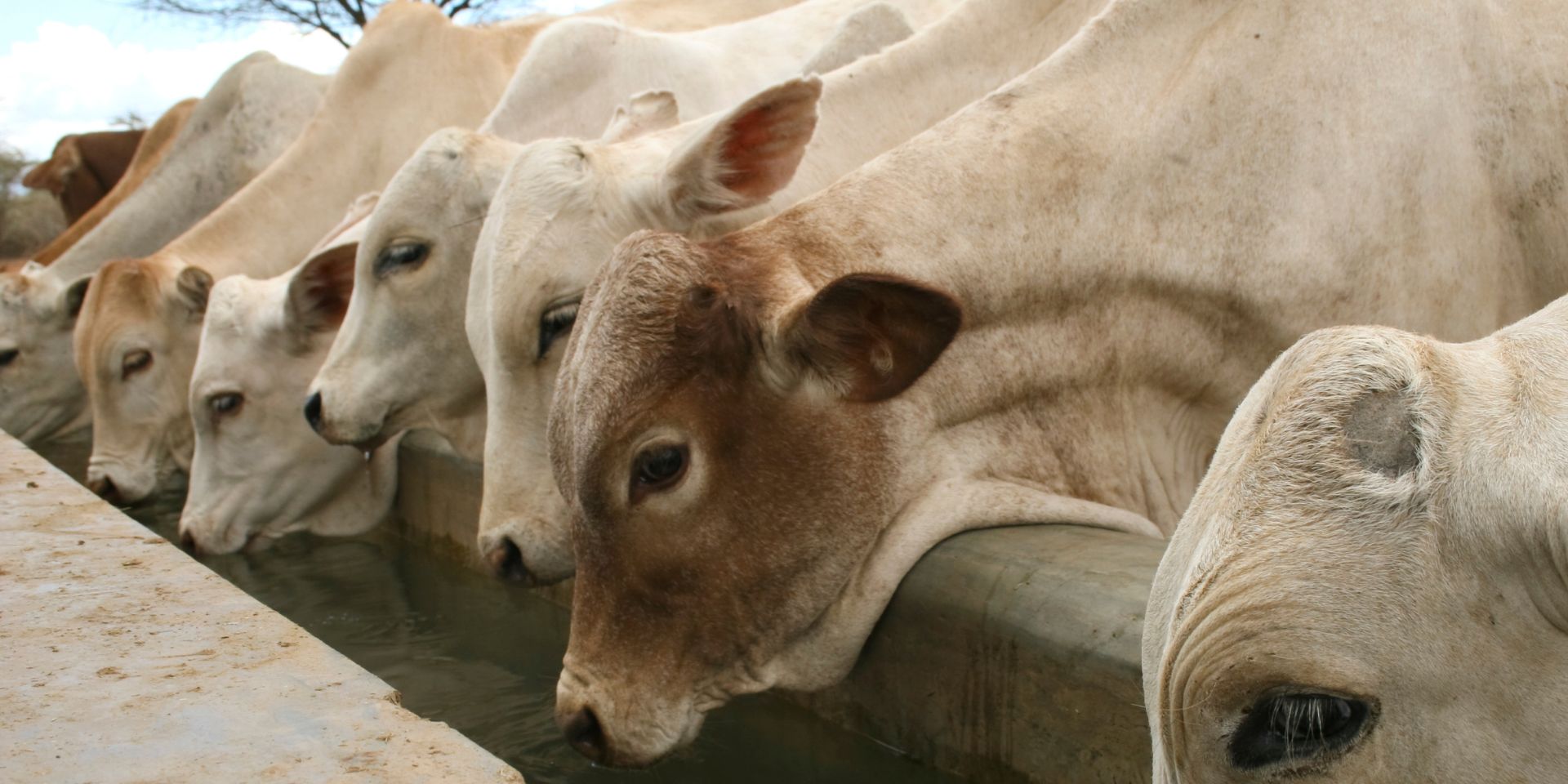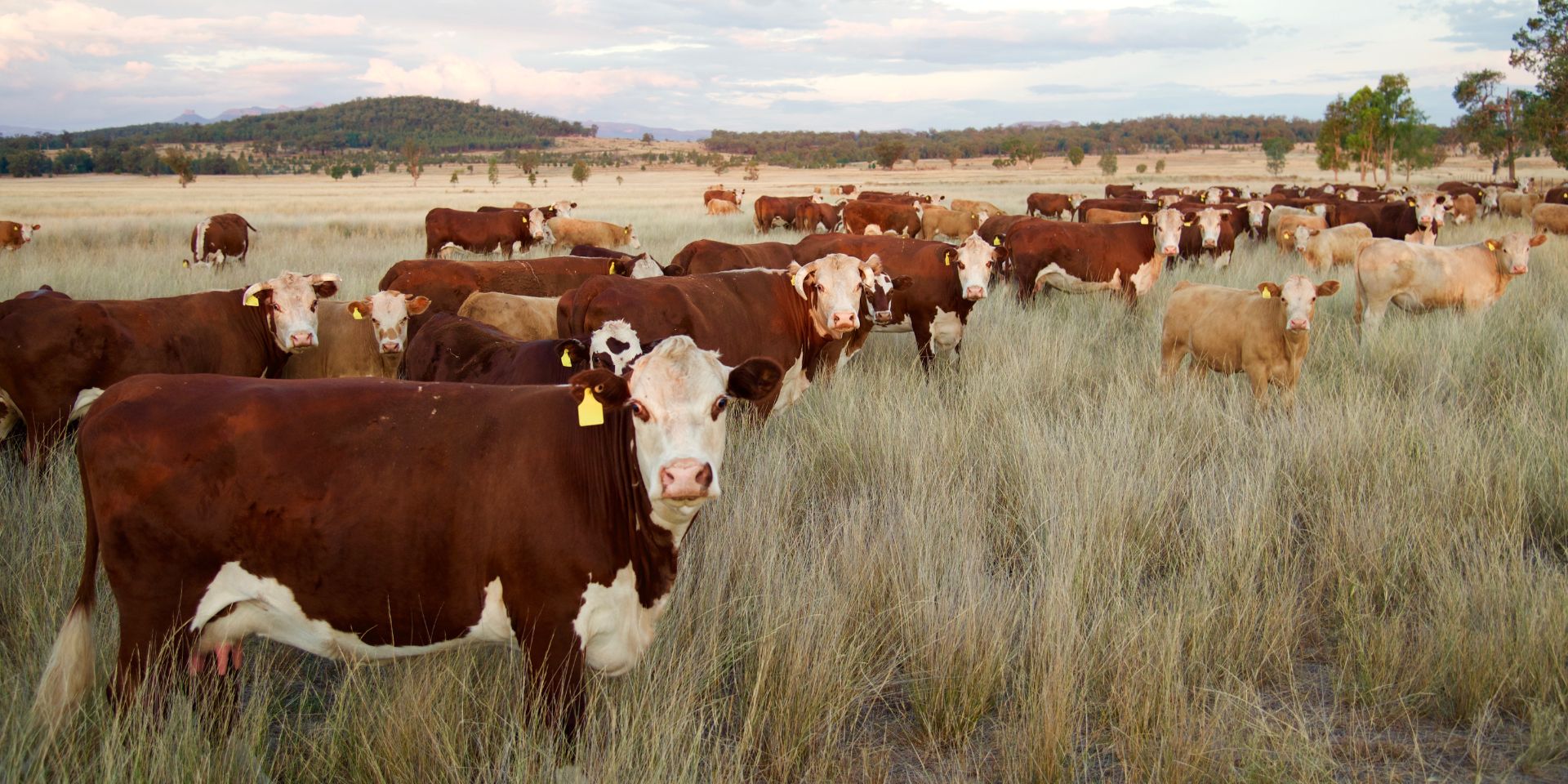Preventing Cattle Loss: How Remote Water Monitoring Transforms Animal Welfare and Efficiency
2 May 2025

The Challenge: Ensuring Cattle Has Access to Water in Remote Area
Imagine operating a vast cattle station and not knowing if cattle have access to water unless you drive for hours to check assets. For many producers, this is an all-too-real risk. Remote water monitoring for cattle is transforming animal welfare and operational efficiency, providing producers with peace of mind and the ability to act before problems escalate.
Recent incidents, like the tragedy in Queensland where cattle perished due to water access issues, highlight the urgent need for better water management solutions. When livestock are deprived of water, the consequences are severe – both ethically and economically. Yet, such incidents are still prevalent around the world.

Global Climate Challenges in Agriculture
An IPCC report highlights that rising temperatures are increasing heat stress in domestic species and affecting business productivity. At higher temperatures, animals eat 3-5% less per additional degree, reducing their growth and fertility.
These challenges are magnified by the sheer size of many cattle properties, where a single water point failure can go unnoticed for days. In this environment, technology is essential for responsible, sustainable livestock management.
As livestock drain water sources during heatwaves, ensuring reliable water access becomes critical. With properties spanning thousands of hectares and limited personnel, manually monitoring these water sources is not practical.
Critical Vulnerabilities in Water Infrastructure
Water systems for livestock involve multiple components, each with a potential point of failure:
- Water Sources: dams, ponds, rivers, creeks
- Distribution Systems: pipes and pumps
- Storage Tanks
- Delivery Points: troughs and drinkers
Without visibility, minor leaks or blockages can quickly escalate into life-threatening crises – especially during extreme weather. Myriota’s satellite IoT sensors provide critical monitoring of water infrastructure, alerting farmers to issues early and supplying valuable historical data to identify and prevent recurring problems.
How Remote Water Monitoring for Cattle Works
Remote water monitoring systems use rugged sensors installed in tanks, troughs and other equipment. These sensors transmit data such as water level and flow via satellite directly to a farmer’s phone or computer, even in the most remote locations.
With frequent updates and threshold alerts, producers can respond quickly to leaks, pump failures, or low tank levels, ensuring cattle always have access to water.

Partner Solutions: Innovative Technologies for Cattle Water Security
Modern cattle operations need robust, easy-to-use technology to ensure livestock always have access to water. Myriota partners with industry leaders such as Grundfos and Lonestar Tracking to deliver reliable, practical solutions for remote water monitoring for cattle, with no dependence on cellular connectivity.
Grundfos:
By integrating Myriota’s satellite connectivity with Grundfos’ advanced pump solutions, producers can remotely monitor pump performance, water throughput and temperature, and water tank level. The Grundfos Solar Connect system sends alerts for issues like dry runs or abnormal flow to the connected app, allowing for faster intervention and better visibility which reduces manual asset checks. Solar power integration further minimises environmental impact, extends battery life and lowers operational costs.
“..having this app makes it easier. If you have a leaking trough, the app will identify that the tank levels are dropping and you need to head out there, sooner rather than later.”
Eliza Pearson, Bore Runner at Kalala Station
LoneStar Tracking:
The LoneStar Tracking Satellite Water Tank Monitoring System is simple to deploy and built for reliability, featuring Myriota’s anywhere satellite connectivity. Powered by two AA lithium batteries and requiring only a clear view of the sky, the sensor is easily placed into tanks or troughs to start automatic monitoring. It delivers four water level updates per day – no cellular coverage needed, giving users access to vital data to keep livestock watered regardless of location. With a rugged, weather-resistant design and up to five years of battery life, the LoneStar system ensures users are always informed. Automatic SMS and email alerts for low water levels enable them to act quickly, wherever they are.
Key Benefits of Water Monitoring Systems:
- Prevent livestock loss with low-water alerts
- Reduce manual water runs and labour costs
- Optimise water usage with the critical data
- Monitor tanks and troughs anywhere, regardless of mobile coverage
- Achieve ROI quickly through operational savings
Producers using remote water monitoring solutions have reported significant reductions in manual labour, fuel costs, and water wastage, along with fewer emergency repairs and less time spent on water runs.
The Future of Cattle Management with Remote Water Monitoring
Incidents like the one in Queensland serve as reminders that current monitoring methods often fall short in today’s challenging agricultural and climatic landscape.
With proven solutions powered by Myriota’s satellite IoT, remote water monitoring for cattle is accessible, reliable, and scalable for any operation. Don’t leave a herd’s welfare to chance – embrace the future of livestock management and ensure they always have access to the water, wherever they roam.
Get in touch with Myriota today to discover how our low-power, cost-effective satellite technology can safeguard your livestock and boost operational efficiency.
